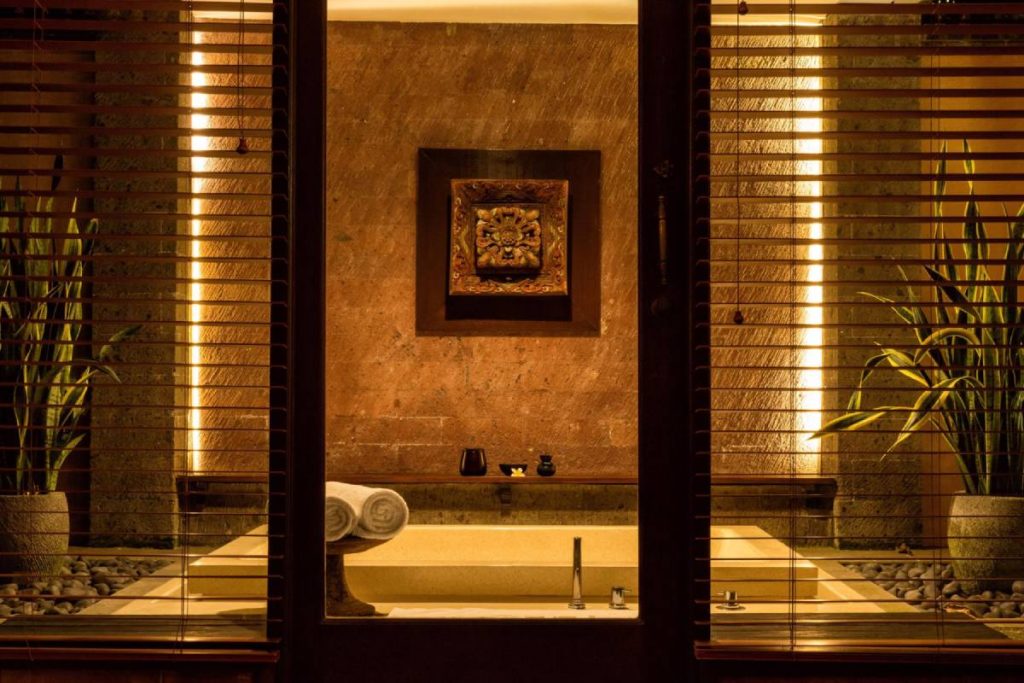The Cultural Origins Behind the Turkish Hammam and Modern Spas
The Turkish Hammam and traditional spa both offer relaxation and wellness, but their origins are vastly different. The Turkish Hammam traces its roots to ancient Roman and Ottoman bath culture, emphasizing cleansing rituals, heat therapy, and social connection. In contrast, modern spas emerged from Western wellness philosophies, focusing on individualized treatments like massages, facials, and hydrotherapy. Understanding these historical foundations helps visitors appreciate the distinct benefits each experience provides.
Atmosphere and Environment: What Sets the Two Apart
The environment inside a Turkish Hammam is unique—warm marble, steam-filled chambers, and communal spaces define the setting. The Turkish Hammam emphasizes heat, purification, and tradition. Spas, on the other hand, typically offer serene, dimly lit rooms with soft music, aromatherapy, and personalized treatment areas. While both are relaxing, the hammam provides a more cultural and sensory-rich experience, whereas spas lean heavily on modern luxury and individual privacy.
The Treatment Experience: Ritual vs. Personalization
In a Turkish Hammam, treatments follow a time-honored ritual that includes steam bathing, exfoliation with a kese mitt, and a foam-filled cleansing massage. The sequence is consistent and rooted in tradition. The Turkish Hammam ritual focuses on purification and physical renewal. Spa treatments, however, are highly customizable—guests choose from a menu of massages, facials, body wraps, and more. Spas prioritize personalization, tailoring each treatment to individual needs and preferences.
Physical Benefits: Cleansing vs. Therapeutic Focus
One of the primary benefits of a Turkish Hammam is deep skin cleansing. Steam and exfoliation help remove impurities, dead skin cells, and toxins, leaving the skin revitalized. The physical benefits of the Turkish Hammam also include improved circulation and muscle relaxation through heat exposure. Spa treatments, however, often prioritize therapeutic benefits such as muscle release, stress reduction, pain relief, and skincare enhancement through professional products and techniques. While both offer physical wellness, their methods differ significantly.
The Social vs. Private Nature of Each Experience
A traditional Turkish Hammam is often a social environment where visitors share communal spaces, creating a sense of connection and cultural immersion. The Turkish Hammam experience naturally fosters community and shared relaxation. Spas typically provide private rooms and individualized sessions, emphasizing solitude and personal retreat. Guests who enjoy quiet, uninterrupted relaxation may prefer spa environments, while those seeking cultural authenticity often gravitate toward hammams.
Cost, Duration, and Accessibility Differences
The Turkish Hammam is generally more affordable than a luxury spa due to its traditional setup and straightforward rituals. The Turkish Hammam experience usually follows a set duration, often lasting 45 to 90 minutes. Spas vary widely in cost depending on location, services, and products used, with many offering long, customizable sessions. Accessibility also differs—hammams are commonly found in regions with strong cultural roots, whereas spas are widespread globally and cater to diverse wellness preferences.
Conclusion
While both the Turkish Hammam and spa offer restorative benefits, they differ in tradition, environment, and purpose. The hammam focuses on cleansing, heat therapy, and cultural ritual, while spas emphasize personalized treatments and private relaxation. Choosing between them depends on the type of experience you seek—cultural immersion or customized luxury. Both can play valuable roles in a well-rounded wellness lifestyle.
Frequently Asked Questions
Is a Turkish Hammam similar to a sauna?
Not exactly—hammams use steam and marble heat, while saunas rely on dry heat.
Which is better for exfoliation?
The hammam provides deeper exfoliation through the traditional kese ritual.
Are spa massages stronger than hammam treatments?
Spas often offer more specialized massage techniques tailored to individual needs.
Is a hammam more affordable than a spa?
Generally yes, especially in regions where hammams are culturally common.
Do hammams offer private rooms?
Traditional hammams are communal, but some modern ones offer private options.
Can I visit a hammam if I prefer quiet?
Yes, but spas typically offer quieter, more private environments.
Which option is better for skin health?
Hammams excel in exfoliation, while spas specialize in skincare treatments.
Is the hammam good for sore muscles?
Yes, heat and steam help relax muscles effectively.
Do spas include heat rooms like hammams?
Some do, but they are often different in structure and intensity.
Can I combine both in one wellness routine?
Absolutely—many people enjoy hammams for cleansing and spas for targeted therapies.
